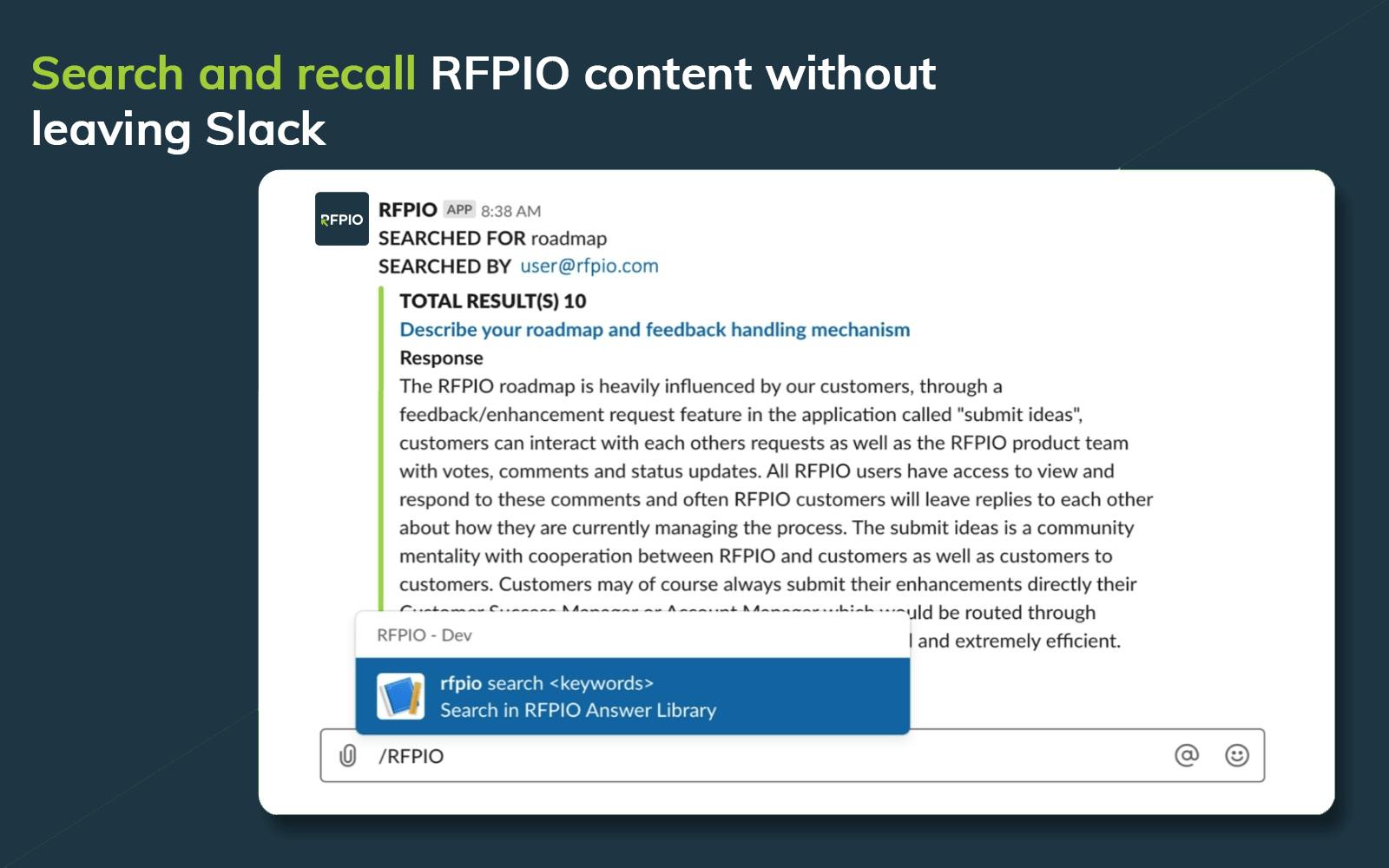This is the fourth and final post in our series #StayConnected, introducing tips, tricks, tools, and features that help teams complete proposals quickly and efficiently, even when they’re not sharing a physical space.
Check out our previous posts here:
- Keep Your Proposal Team Focused With These 5 Project Management Features
- How an Effective Content Management System Keeps Your Remote Team Productive
- Refine Your RFP Process to Keep Your Multilingual Team Connected
Proposal teams know better than anyone that complex questionnaires like bids, tenders, and RFPs are one of the most collaborative projects an organization undertakes. A single RFP can require input from dozens of individuals across an organization.
So how do you facilitate collaboration across such a complex team?
After asking several successful proposal managers about their workflow, we determined highly collaborative proposal teams do four key things:
1) Clarify roles and responsibilities
2) Simplify communication
3) Enable team members to work in tandem, and
4) Streamline the review and approval process.
Read on to learn more about how successful proposal teams are improving collaboration across their team, wherever in the world they might be.
Clarify roles and responsibilities using project management tools
Before implementing proposal automation software, many proposal teams told us they used to assign tasks using a color-code system within a static document, like a Word Document or Excel Spreadsheet. In this system, SMEs and other team members would be responsible for responding to questions in a certain color.
As one can imagine, this system resulted in people responding to questions that didn’t belong to them, responding to some (but not all) of their assigned questions, or ignoring the email altogether.
That’s why clarifying roles and responsibilities using project management tools is instrumental in streamlining collaboration.
Proposal managers that use RFPIO will upload the questionnaire onto the platform, break the project into bite-sized chunks, and assign sections to each of their team members.
Each team member will only see their assigned, uncompleted tasks on their personal dashboard. As they mark tasks “complete”, they will disappear from their dashboard—leaving no room for confusion about which tasks they’re responsible for and what they have left to do.
Simplify communication by bringing your team on a single platform
The harder it is to communicate with your colleagues, the more difficult it is to collaborate.
If your team is working within a Word Document, what happens when a team member needs help on a given question?
They may paste the question into an email to their colleague. Or perhaps they’ll give them a call, or search through their email inbox or previous documents to see if they can find the answer there.
Using RFPIO, you can @-mention the person whose help they need, without leaving the app. That person will then receive a notification according to their preference—either in-app, via email or on their third-party collaboration tool of choice (i.e. Slack, Microsoft Teams, or Google Hangouts).
They can then respond to your question directly from their communication platform of choice—be it email, Slack, Teams, or Hangouts—and their answer will populate in the RFPIO app.
Successful proposal teams can also use RFPIO to access their organization’s content management system directly from third-party collaboration tools they’re already using. In a few clicks of a button, they can find information about anything you have stored in your content library—from the most up-to-date company description to next quarter’s product roadmap.

Work together in real-time with collaborative editing
Your team has just gotten all the answers back from your SMEs, which means you can start working on polishing the answers.
You and the other proposal writer on your team decide to break up the work: you’ll take questions 25-50 and they’ll take 50-75.
You spend the next two hours rewriting sentences, strengthening value statements, and switching out words. As you finish up question 50, you send your colleague your questions so they can compile them all into the same document.
Your colleague responds immediately, “I thought I was doing questions 25-50….”
Ooph.
Proposal managers have told us breaking down silos between team members is one of the most important aspects to a collaborative RFP process—and a big part of that is creating real-time visibility into who’s working on projects.
That’s where concurrent editing comes into play. With concurrent editing, your team can see who’s editing a question, in real-time.
Not only does this help avoid repeat work, it also reduces the amount of time it takes to finalize a document or project and eliminates the typical back-and-forth of the review process—bringing your team closer together and making sure proposals get in on time.
“RFPIO provides a sense of community because we are beginning to work all in one place and can communicate with each other by sending comments back-and-forth. It’s bringing our RFP writers closer to both the subject matter experts and also the salespeople.”
-Patti Passow, Senior Proposal Specialist,
Illuminate Education
Streamline the approval process with automated review
You’ve finished polishing your content and you’re ready to send it off for review.
But anyone who has tried to gather approvals knows how it feels when you’re waiting on an approval hours before the RFP is due—which is why simplifying the review process is key to smooth collaboration and a successful RFP process.
When you use proposal automation, you can streamline the approval process by setting up an automated review cycle. As soon as questions are ready for review, they are kicked over to the next person in your review cycle—for example, your legal team. As soon as your legal team reviews and approves, the software will automatically pass it on to your leadership for final approval.
Your legal team and leadership can review and approve content as they are ready. This means that you’re not overwhelming your reviewers with hundreds of questions last minute—and you can say good-bye to late nights and last-minute revisions.
While the general perception of remote teams is that they are divided, disconnected, and fragmented, the reality is much more optimistic. Luckily, teams, remote or otherwise, are as strong as the systems and collaboration tools that hold them together.

